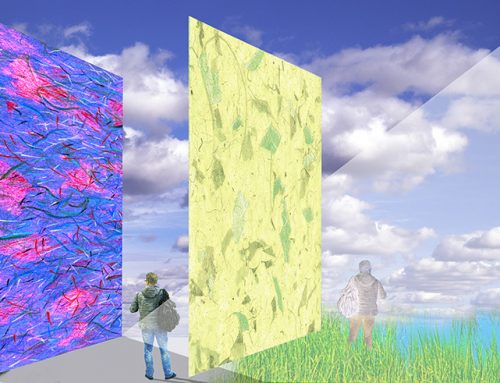Art appropriation
The following two definitions explain the concept of “appropriation” as it pertains to art:
appropriation (art) – Appropriation in art is the use of pre-existing objects or images with little or no transformation applied to them. In the visual arts, to appropriate means to properly adopt, borrow, recycle or sample aspects (or the entire form) of human-made visual culture (Wikipedia)
In the visual arts, appropriation is the intentional borrowing, copying, and alteration of preexisting images and objects (MOMA Learning)
To visually illustrate, an example of appropriation can be found here
The subject in the arts has been long debated. This is a method that certain artists have employed to create their own art for a very long time. It raises many questions about originality, authenticity, and authorship. The latest revival of appropriation occurred with the rise of the so-called “pop art” culture. Artists of that trend, intended to develop a narrative of delivering a message about consumerism and the proliferation of mass media images.
The “art world” at large is somewhat divided on the subject of whether it is OK or not to employ appropriation in art. Some purists believe that if an appropriation is used in creating art, the result is lacking the “complete originality” of artwork created without its’ use and that artists who appropriate are walking a fine line between extending a respectful homage to other artists and just copying. But many others, have no reservation whatsoever regarding the appropriateness or legitimacy of creating art by appropriation.
It is worth mentioning that there are many levels of appropriation. My sense is that the practice of using preexisting objects and images without altering the originals is perhaps stretching the line between an “original” and a “copy”. However, if an artist is altering the borrowed objects of appropriation by means of form or color and then adding other elements that are not part of the original work they appropriated from, then a new “narrative” and a new meaning of the familiar image has been created, and that is perfectly fine.
Beth Gersic Nesic calls the process “Recontextualization” and offers an explanation in her article at Thoughtco.com in which she writes: “…Appropriation artists deliberately copy images to take possession of them in their art. They are not stealing or plagiarizing. They are not passing off these images as their very own. Not at all. Appropriation artists want the viewer to recognize the images they copy, and they hope that the viewer will bring all of his/her original associations with the image to the artist’s new context…”.
According to Encyclopedia Britannica “Art” is “….a visual object or experience consciously created through an expression of skill or imagination”. If we adhere to this definition, an artist who uses appropriation is in fact consciously creating “art” through an expression of skill and imagination, even though his methods may perhaps not be acceptable to some critics.
The debate will surely continue in time with no clear winners.






